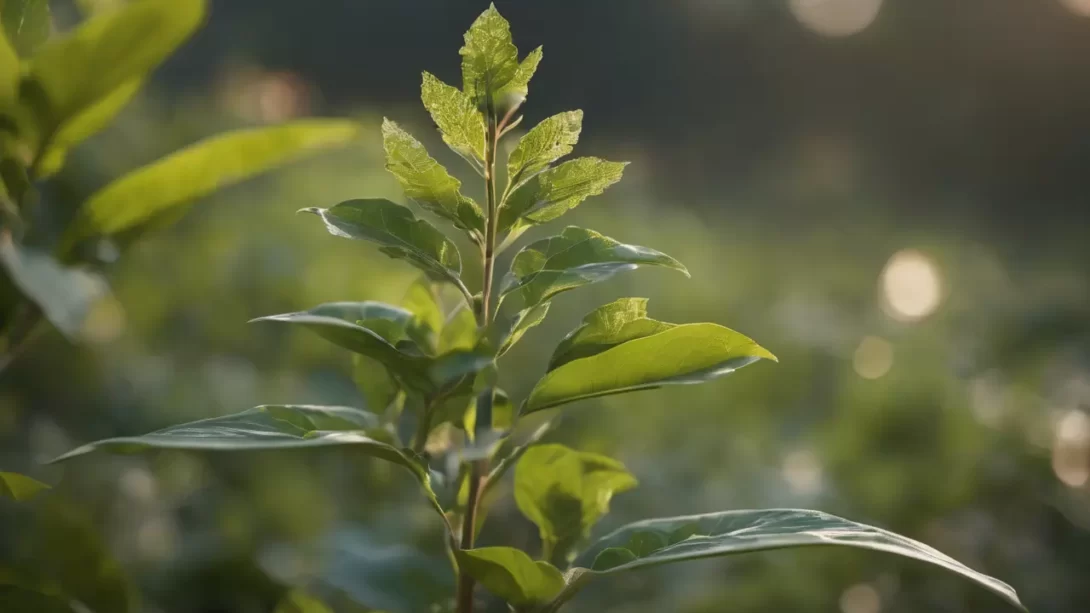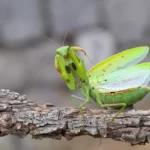In the world of botany, understanding the structure of a plant is key to effective gardening and plant care. One crucial part of a plant’s anatomy is the node. A plant node is a point along the stem where leaves, branches, and aerial roots are attached. It’s a critical zone of growth and development for the plant, playing a vital role in its overall health and propagation. Knowing about nodes is especially useful for gardeners interested in plant propagation and maintenance.
Anatomy of a Plant Node
A node is essentially a joint on a plant stem. It is the part of the stem where leaves are attached, and in many cases, it’s also the origin of buds that can develop into branches, flowers, or additional stems. The section of the stem between two nodes is called an internode. While the node represents a point of growth and activity, the internode is usually more dormant, primarily serving as a connecting piece between nodes. The contrast between nodes and internodes is often visible, as nodes are typically thicker and more complex in structure.
Functions of Plant Nodes
Nodes are integral to a plant’s growth and development. They are the sites where leaves grow, which are crucial for photosynthesis, the process plants use to convert sunlight into energy. In many plants, nodes also give rise to buds that can develop into flowers or new branches, contributing to the plant’s reproductive process and structural expansion. Additionally, in some plant species, roots can emerge from nodes, especially when they come in contact with a suitable growing medium, an aspect crucial for certain types of vegetative propagation. Understanding the functions of nodes can significantly enhance one’s ability to care for and propagate various plant species effectively.
Identifying Nodes on Different Plant Types
Recognizing nodes is an essential skill for gardeners and can vary depending on the plant. On woody plants, such as trees and shrubs, nodes are often visible as slight bulges where leaves and branches originate. In herbaceous plants, like many common houseplants and garden flowers, nodes may be more pronounced and easier to identify. For plants with vines, such as ivy or philodendron, nodes are the points where leaves emerge from the stem and often where roots are likely to develop when propagating. Each species may have its unique node characteristics, but the general principle of node identification remains consistent: look for the areas where leaves or branches join the main stem.
Nodes and Plant Propagation
Nodes are fundamental in vegetative plant propagation, particularly in techniques like stem cuttings. When propagating plants in this way, a piece of the stem including one or more nodes is cut from the parent plant. This cutting can then be placed in soil or water, where the nodes can develop new roots. Understanding the location and function of nodes is crucial in this process, as cuttings without nodes are unlikely to root successfully. Some plants can even sprout new shoots from nodes, making them ideal candidates for propagation through division or layering.
Common Issues Related to Plant Nodes
While nodes are vital for growth, they can also be susceptible to various problems. Issues such as rot, pest infestations, or disease often manifest at the nodes due to their function as active growth areas. For instance, overwatering can lead to root rot at the nodes in some plants, especially when propagating cuttings in water. Similarly, pests like aphids and spider mites tend to target the tender new growth at nodes. Regular inspection and proper care of nodes are essential for maintaining plant health and ensuring successful growth and propagation.
Tips for Addressing Node-Related Issues
To keep plant nodes healthy, it’s crucial to provide the right care. Ensuring proper watering is key; overwatering can lead to root and stem rot at the nodes, while underwatering might prevent new growth. Adequate air circulation around the plant is also important to prevent fungal infections. When propagating, use clean, sharp tools to make cuts just below the nodes to avoid damage. If pests are a problem, gentle treatments with insecticidal soap or neem oil can be effective. Regularly checking the nodes during routine plant care can help in early detection and treatment of issues.
Utilizing Knowledge of Nodes for Plant Care
Understanding nodes can enhance various aspects of plant care and cultivation. When pruning, making cuts just above the nodes can encourage healthy new growth. For indoor plants, rotating them regularly can ensure even growth, as nodes tend to grow towards the light. In outdoor gardens, knowledge of nodes can guide in shaping and training plants for desired growth patterns. The understanding of nodes also aids in identifying the healthiest parts of a plant for propagation or transplanting.
Conclusion
The node is a small but mighty part of plant anatomy, crucial for growth, development, and reproduction. Whether you’re a seasoned gardener or a beginner, understanding and recognizing plant nodes can greatly improve your gardening practices. From propagation to pruning, nodes play a central role in the life of a plant. By paying attention to these vital points, gardeners can ensure healthier plants and more successful cultivation, enjoying the rewards of lush growth and abundant blooms.




